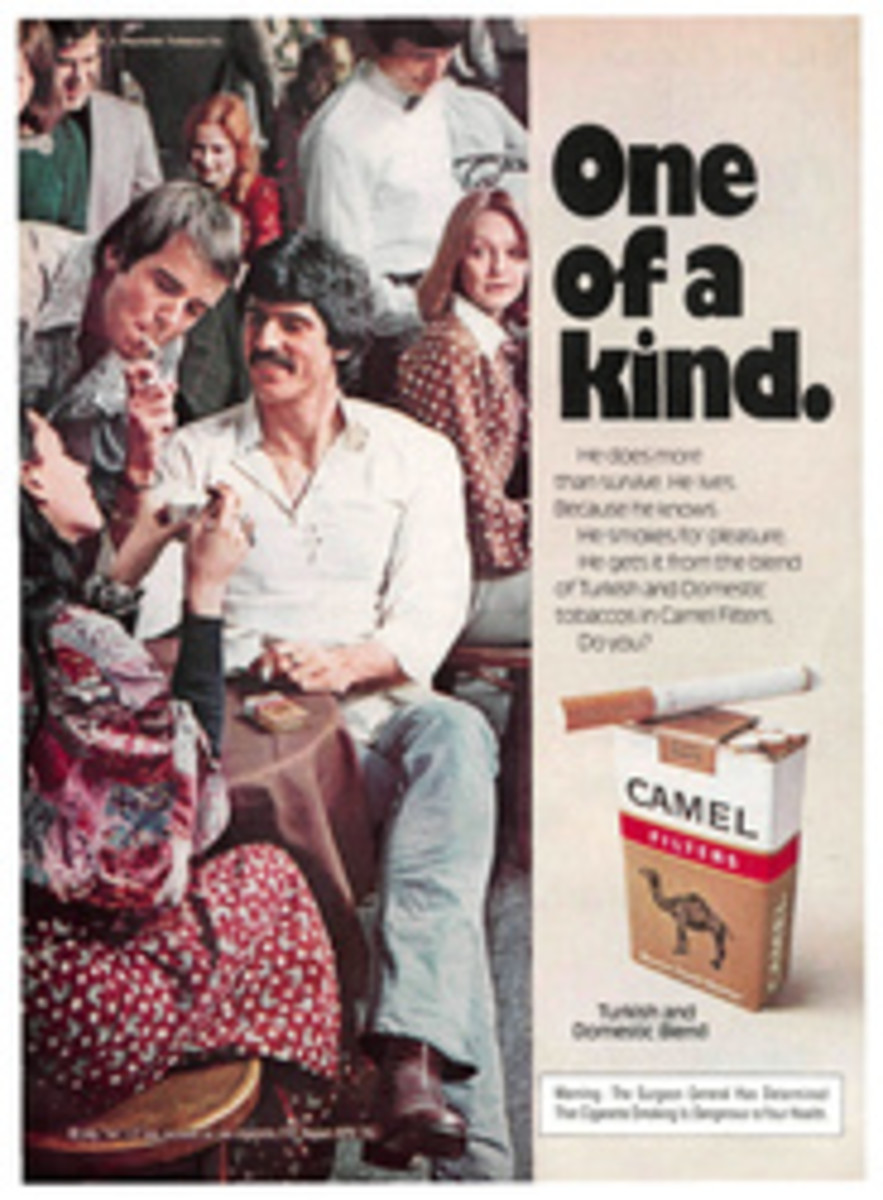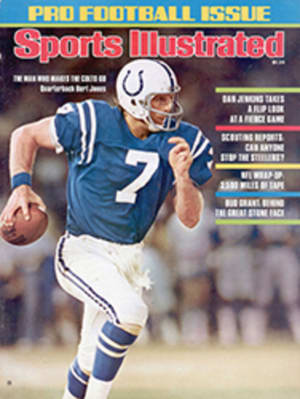
HE WORE NO. 1 ON HIS UNIFORM AND HE IS NO. 1 IN THE AUTHOR'S ESTEEM
The worst thing about traveling abroad is missing the obituaries back home. Thus it was not until a couple of months after the sad event that I learned, on returning from an overseas junket, that the greatest centerfielder ever to wear the uniform of the New York Yankees was dead. I can hear the gasps from other laggard vacationers, reading this, wondering what unknown dire fate had befallen Joe DiMaggio or Mickey Mantle in their absence. But I am not referring to either of them. I am referring, of course, to that paragon of Yankee centerfielders, Earle Combs, the Silver Fox from Kentucky.
The news of his death was saddening, but what shocked me most on looking up Combs' death notices was that he was 77. True, his hair had been flecked with gray even when as a boy I watched him with huge and unflagging admiration, but how could he have been that old? Then I realized that it was 50 years ago that I used to take my leather-bound autograph book up to the old Yankee Stadium, an hour or more before game time, and hang around the edge of the home-team dugout hoping to add a Herb Pennock or a Jumping Joe Dugan to my collection of illustrious signatures.
DiMaggio and Mantle were all right, I guess, in their own fashion, at least until they swapped their bats and gloves for television commercials. So far as I know, Earle Combs never did a commercial. I once saw DiMaggio hit three triples in a single ball game—a performance that may not be as rare as hitting four home runs in one game, but certainly seems to be—and I have seen Mantle almost knock a fair ball out of Yankee Stadium, a feat not yet accomplished. I give each his due. But to me their deeds, however valiant, pale in comparison to my memory of those of the incomparable Combs. As the leadoff man for the old Murderers' Row, he always seemed to be hitting something like .350 and he always seemed to be on base—like as not moved along to second by Mark Koenig—when Babe Ruth or Lou Gehrig came to the plate to drive him around.
Defensively, Combs was the cement that held the other jewels of the Yankee outfield together—Bob Meusel to his right, Ruth to his left. Combs abetted and protected them like a sheep dog tending his flock. Any ball hit to right center or left center that Ruth or Meusel gathered in was caught by them, I often had the impression, largely through courtesy on the part of the courtly Combs; he could have loped over and gobbled up those flies himself, but he did not wish to appear to be intruding on their assigned territory.
Wasn't it Zane Grey who once wrote a short story about a single fleet bail hawk who, owing to injuries and other unforeseen circumstances, managed successfully to patrol an entire outfield? To me, Combs stood a better chance than any of his peers of becoming the real-life counterpart of that fictional prodigy. Ground balls were never much of a problem to Combs, partly because he didn't get to handle many: the middle of the Yankee infield was like an impregnable wall, with Koenig at shortstop and Tony Lazzeri at second. Poosh 'Em Up Tony rated so high in my pantheon of Yankee heroes that sometimes my eyes would mist at the mere sight of him, thereby rendering Combs, normally stationed some 125 feet behind him in center, momentarily invisible.
I once had my picture taken shaking hands with Gehrig and I once pressed the flesh with Ruth, but to my own dying day I will regret that I never got closer than my autograph book to Earle Combs. He was not the pushy, glad-handing sort in any case. He wore No. 1 on his uniform, and he will always be No. 1 in my book. They don't make them like Combs anymore. I suppose I should know something about Mickey Rivers, who plays center field for the Yankees today, but all I know about Rivers is that he came to the Yanks from the California Angels, an expansion club whose precise location I can't pinpoint. It doesn't matter. In my view, baseball began to go downhill at just about the time that Combs retired. The new generation of ballplayers seemed more in the mold of Combs' contemporary, Lefty Grove, a raffish character.
One day in the 1930s, when I was still hanging around Yankee Stadium, operating more or less on momentum. Grove was scheduled to pitch against the Yanks for the Philadelphia Athletics. I approached him (I already had his teammate George Earnshaw) with my autograph book. By chance, it fell open to the page where Combs' priceless signature was enshrined. Grove pulled an ink pad and rubber stamp out of a pocket of his uniform and, before I could stop him, violated that page by imprinting his name upon it. (Somebody told me years later that it wasn't entirely his fault—he was poorly educated—but still he could have asked me first.) My interest in baseball players' autographs perished at that instant and my interest in baseball players soon began to wane. Maybe that's why I could never work up much excitement over DiMaggio or Mantle. But I like to think, rather, that it was because they simply couldn't measure up to the lofty standards of Earle Combs. I have a hunch that Bob Meusel and Babe Ruth would most certainly agree with me.

